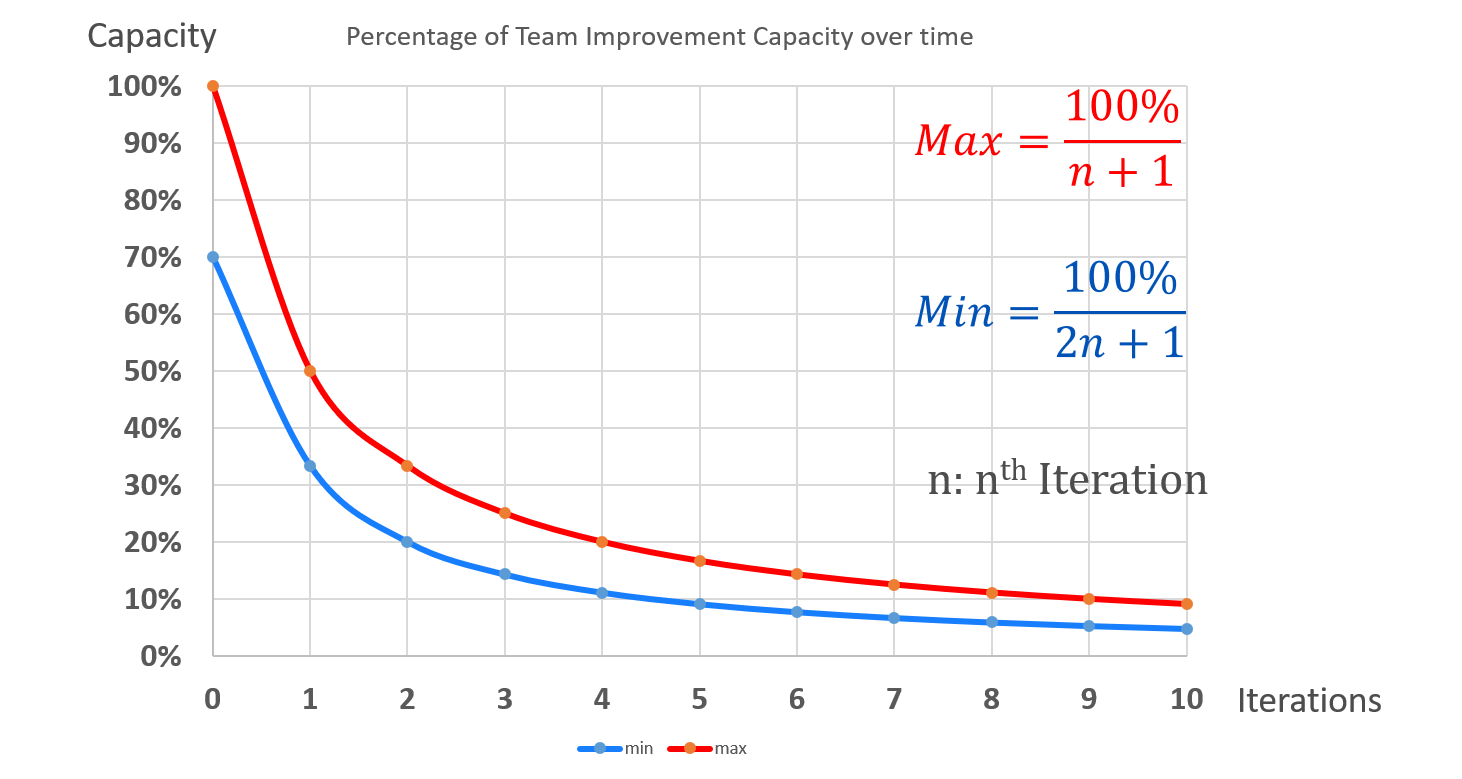| People with influence on the system are usually too high up (and therefore too far away) to recognize concrete organizational problems,
and People who are experiencing organizational issues and see potential solutions are too low to drive changes to the system. |
In short: “You’re either too far away or too powerless”.
This problem occurs in organizations when they exceed 50-150 people.
Since the upper managers in today’s systems are usually overloaded, because all decisions must go over their desks, they have very little time for the individual problems and their decisions. This often leads to the following behavior: Employees who come to a manager with a problem, go away with a new task and this in turn means that the employees, who are also overburdened, stop talking about problems with their managers!
A solution is only possible if the “upper” management recognizes this situation, accepts it and gives the “lower” managers and employees the necessary freedom and slack to make changes. Slack means …
Freedom to operate
… for self-organization of organizational units, such as departments and teams. For that we have in Scrum and the P4 framework …
- self-organized teams and distributed control: 80% of the decisions are made at the working level, 20% at the higher management level, which is the inverse of the tradistional management pyramid commonly used today:

- For the discussion and definition of boundary conditions and rules for different areas of responsibility we have Delegation-Poker
Time and Budget
… for analyzing problematic system properties and trying new ways. I say “trying new ways” here, as any change must always be tested and adjusted within the running system.
- For the discovery and analysis, we have the Retrospectives in the Scrum and P4 framework
- Especially when initially introducing Lean & Agil the teams have to invest more here. Often teams do not dare to demand it, especially when challenging project runs at the same time (and let’s face it, when is that not the case?). Therefore, management should set a clear rule for this, e.g. using the following graphic.

Please note that there is not only a Max curve, but also a Min curve, which sets clear mangement expectations!
Title photo: https://unsplash.com/photos/VxtWBOQjGdI

Interesting approach, however breaking up with the traditional management pyramid requires to loosen the traditional mindset of managers, who need to understand that their „power“ derives from setting the boundaries rather than from making every descision. Trust in their teams is the key asset!